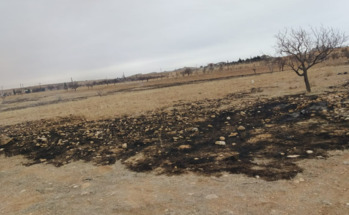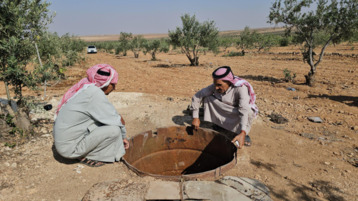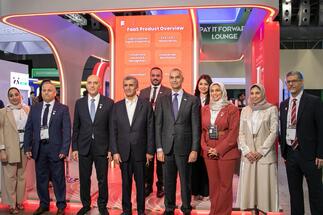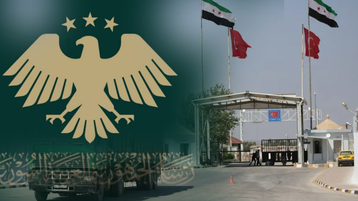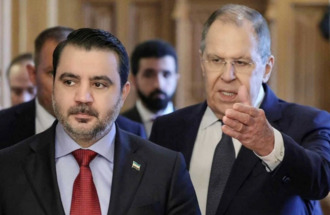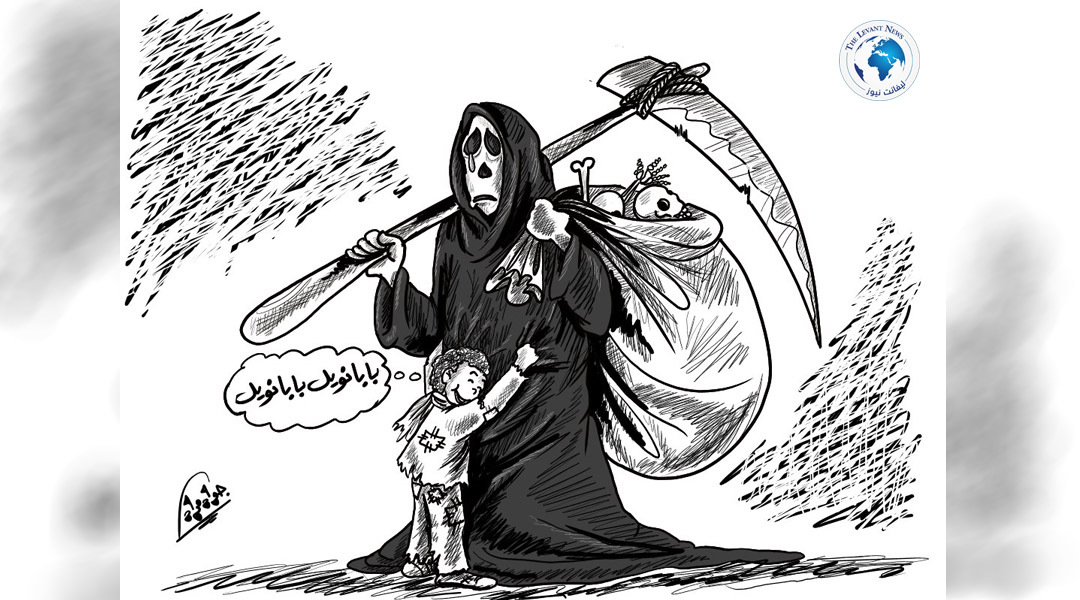-
Syria’s Stolen Memory: How War, Smugglers, and Silence Erased a Nation’s Heritage
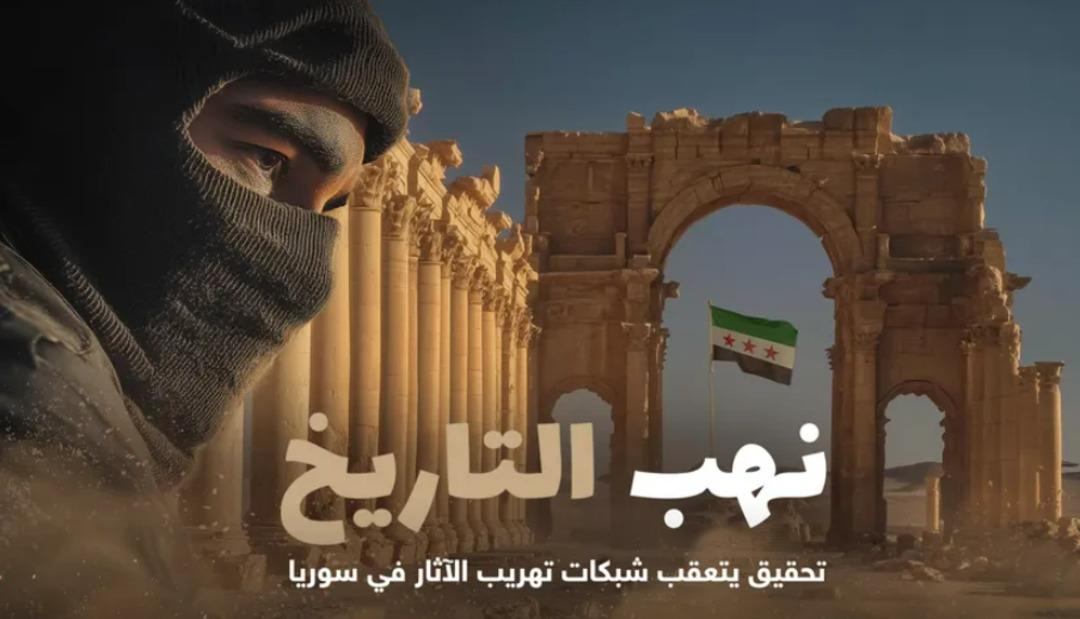
In a land where every layer of soil holds the weight of ancient civilizations, digging is never just excavation—it’s an unearthing of a nation’s memory, now ravaged by war, fractured maps, and silent looters dividing its treasures in deadly silence.
Years of conflict in Syria have not only decimated cities and lives but also left behind a scorched map of cultural erasure. Over one million artifacts have reportedly been smuggled out of the country since the war erupted in 2011, according to Damascus’s National Museum. These stolen pieces of history continue to surface in black markets across Europe and Asia—tangible fragments of a stolen identity.
At the heart of Damascus stands the National Museum—a monument to Syrian heritage and a victim in itself. Once a proud showcase of rare Syrian antiquities, it now symbolizes a deafening silence. The looting of artifacts wasn't born from chaos alone; it’s deeply tied to influential figures within the former regime.
Interpol data reveals that over 3,000 artifacts disappeared within months of the conflict’s onset, most undocumented—complicating any effort to retrieve them.
From Random Digs to Organized Looting
Satellite imagery, as revealed in the “Zero Point” investigative program, illustrates the scale of devastation inflicted on heritage sites—particularly in Idlib Province, where 290 illegal excavation sites have been documented, according to archaeologist Ahmed Al-Khanfous. In Aleppo, a UNESCO World Heritage city, 20 sites have been completely destroyed.
This destruction wasn’t always chaotic—it was calculated. One digger, using the alias Khaled Al-Ahmad, testified that excavations were conducted “in absolute secrecy—even family and neighbors didn’t know.” Operations were often carried out at night, in “cold, pitch-black winters,” to avoid detection.
“We wrapped the artifacts in white cloth and left them in open air to prevent damage from sudden climate changes,” he added, describing primitive methods used to preserve stolen items—far from any professional standards.
The Systemic Breakdown: From Regime to ISIS
Anas Haj Zaidan, head of the Directorate-General of Antiquities and Museums, said collaboration with UNESCO, Interpol, and neighboring countries has been obstructed by a major barrier: a lack of official documentation before 2011—a gap he attributes to intentional neglect by the former regime to facilitate smuggling and forgery.
Military and security expert Brigadier General Abdullah Al-Asaad identifies three key phases in Syria’s cultural plunder:
Pre-2011: High-ranking officials, including Defense Brigades commanders, looted sites like Tell al-Masih and Al-Lajat, smuggling thousands of artifacts to France and beyond.
Post-uprising (2011–2024): As oversight collapsed, illegal excavations surged. Armed factions and warlords took over—most notoriously ISIS, which destroyed statues under religious pretenses while smuggling them abroad for profit.
The Ongoing Present: Excavations continue unchecked in Palmyra, Ras Shamra, Mari, Aleppo Citadel, and Jaabar Castle, with no real security presence or structural oversight.
Al-Asaad notes the use of multiple smuggling routes—through Turkey, Jordan, Lebanon, and even Israel—and calls for a joint archaeological-security task force to recover what’s been lost.
Silent Victims and a Plea for Cultural Justice
Testimonies confirm the looted items include mosaics, statues, rare coins, and ceramic vessels. Al-Asaad emphasizes that some artifacts from the Aramean, Assyrian, Roman, and Islamic civilizations have already appeared in international auctions—yet Syria remains unable to claim them due to lack of documentation.
“In Syria,” he says bitterly, “every stone hides a civilization—and we’re losing that civilization, piece by piece, before the world’s eyes.”
Reclaiming a Lost Legacy: A Long Road Ahead
Syria’s current authorities acknowledge the monumental challenge. Yet they affirm commitment to developing a unified database, documenting stolen items, and working with international heritage experts and institutions.
Observers insist the investigation must extend before 2011, probing the systematic looting under the former regime and coordinating with countries like France, Russia, Turkey, and Iran to uncover the fate of thousands of pieces now sitting in private and public collections worldwide.
Conclusion: The Plunder Continues, and Memory is in Peril
As Syrians endure the trauma of war, the theft of their history remains a deep, invisible wound. The very civilization that once made Syria the cradle of human culture is being dismantled piece by piece, while the world watches silently—and the markets buy without question.
Until restitution efforts bear fruit, satellite images, diggers’ testimonies, and maps of devastation remain the strongest evidence of a cultural crime still unfolding in the shadows.
You May Also Like
Popular Posts
Caricature
opinion
Report
ads
Newsletter
Subscribe to our mailing list to get the new updates!

